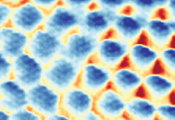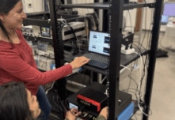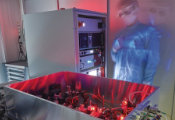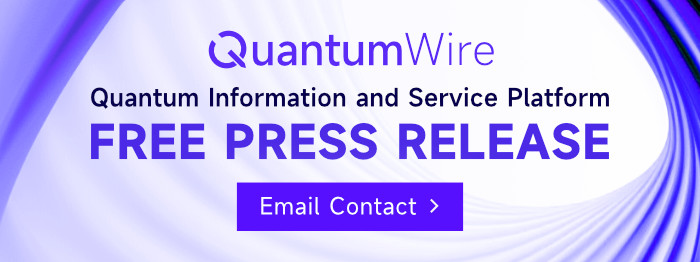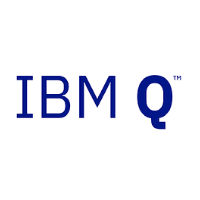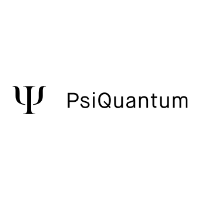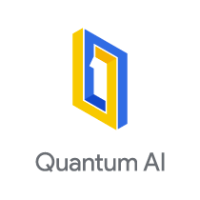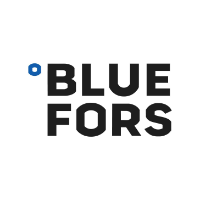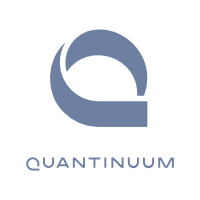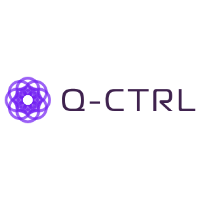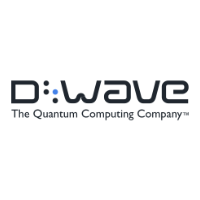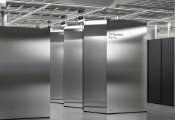World’s Leading Scientific Supercomputing Centers Adopt NVIDIA NVQLink to Integrate Grace Blackwell Platform With Quantum Processors
November 17, 2025 -- NVIDIA today announced that the world’s leading scientific computing centers are adopting NVIDIA NVQLink, a first-of-its-kind, universal interconnect for linking quantum processors with state-of-the-art accelerated computing.
Tapping the low-latency, high-throughput interconnect, more than a dozen supercomputing centers and national research institutions across Asia and Europe are joining U.S. facilities in advancing their ability to research, develop and harness the integration of quantum and classical hardware.
“In the future, supercomputers will be quantum-GPU systems — combining the unique strengths of each: the quantum computer’s ability to simulate nature and the GPU’s programmability and massive parallelism,” said Jensen Huang, founder and CEO of NVIDIA. “NVQLink with CUDA-Q is the gateway to that future — uniting quantum and GPU computing into a single, coherent system to push the frontier of what’s computable and unlocking new scientific discoveries.”
By uniting quantum processors with NVIDIA accelerated computing, NVQLink’s open system architecture overcomes control and error-correction challenges and enables the development of hybrid quantum-classical applications. It delivers 40 petaflops of AI performance at FP4 precision with a GPU-QPU throughput of 400 Gb/s and a latency of less than four microseconds.
NVQLink allows the coupling of quantum processors and GPUs via tight integration with quantum control systems and GPU supercomputing within the NVIDIA CUDA-Q software platform. NVQLink was designed in collaboration with quantum processor and controller builders, as well as supercomputing centers across the world, including in Asia, such as:
- Japan’s Global Research and Development Center for Business by Quantum-AI technology (G-QuAT) at the National Institute of Advanced Industrial Science and Technology (AIST)
- Japan’s RIKEN Center for Computational Science
- Korea Institute of Science and Technology Information (KISTI)
- Taiwan’s National Center for High-Performance Computing (NCHC)
- Singapore’s National Quantum Computing Hub (a joint initiative of Singapore’s Centre for Quantum Technologies, A*STAR Institute of High Performance Computing and National Supercomputing Centre Singapore)
- Australia’s Pawsey Supercomputing Research Centre
Europe and the Middle East are also embracing quantum computing research with supercomputing and quantum technology centers supporting NVQLink, including:
- CINECA - Italy
- DCAI, operator of Denmark’s AI Supercomputer
- France’s Grand Équipement National de Calcul Intensif (GENCI)
- The Czech Republic’s IT4Innovations National Supercomputing Center (IT4I)
- Germany’s Jülich Supercomputing Centre (JSC)
- The U.K.’s National Quantum Computing Centre (NQCC)
- Poland’s Poznań Supercomputing and Networking Center (PCSS)
- Technology Innovation Institute (TII), UAE
- Saudi Arabia’s King Abdullah University of Science and Technology (KAUST)
They join the U.S. national laboratories that recently announced integration with NVQLink technology for cutting-edge research, including:
- Brookhaven National Laboratory
- Fermi National Accelerator Laboratory
- Lawrence Berkeley National Laboratory
- Los Alamos National Laboratory
- MIT Lincoln Laboratory
- National Energy Research Scientific Computing Center
- Oak Ridge National Laboratory
- Pacific Northwest National Laboratory
- Sandia National Laboratories
Real-World Hybrid Quantum-Classical Applications
Quantinuum recently announced that its latest Helios QPU, and future generations of its quantum processors, will be integrated with NVIDIA GPUs through NVQLink to orchestrate quantum error correction.
NVQLink and CUDA-Q allowed the deployment of quantum error-correction techniques to successfully protect the delicate quantum information within the Helios QPU from noise, or unwanted disturbances that cause errors in quantum systems.
This demonstration is the world’s first real-time use of a scalable decoder for a class of quantum error-correction codes known as qLDPC codes. The Quantinuum team demonstrated active error correction and decoding with a decoder implementation that achieved a reaction time of 67 microseconds, exceeding Helios’ two-millisecond requirement by 32x. Key to achieving this result was NVQLink’s ability to provide a flexible and configurable decoder capable of massive parallelism.
The microsecond latencies and extremely high throughput provided by NVQLink are made accessible to developers through real-time application programming interfaces in NVIDIA CUDA-Q. This lets scientists and developers easily build and test approaches to quantum error correction and quantum-GPU applications within a single programming environment.
In addition, NVQLink’s use of Ethernet allows researchers to easily scale the classical compute they draw on as quantum processors and applications expand.




